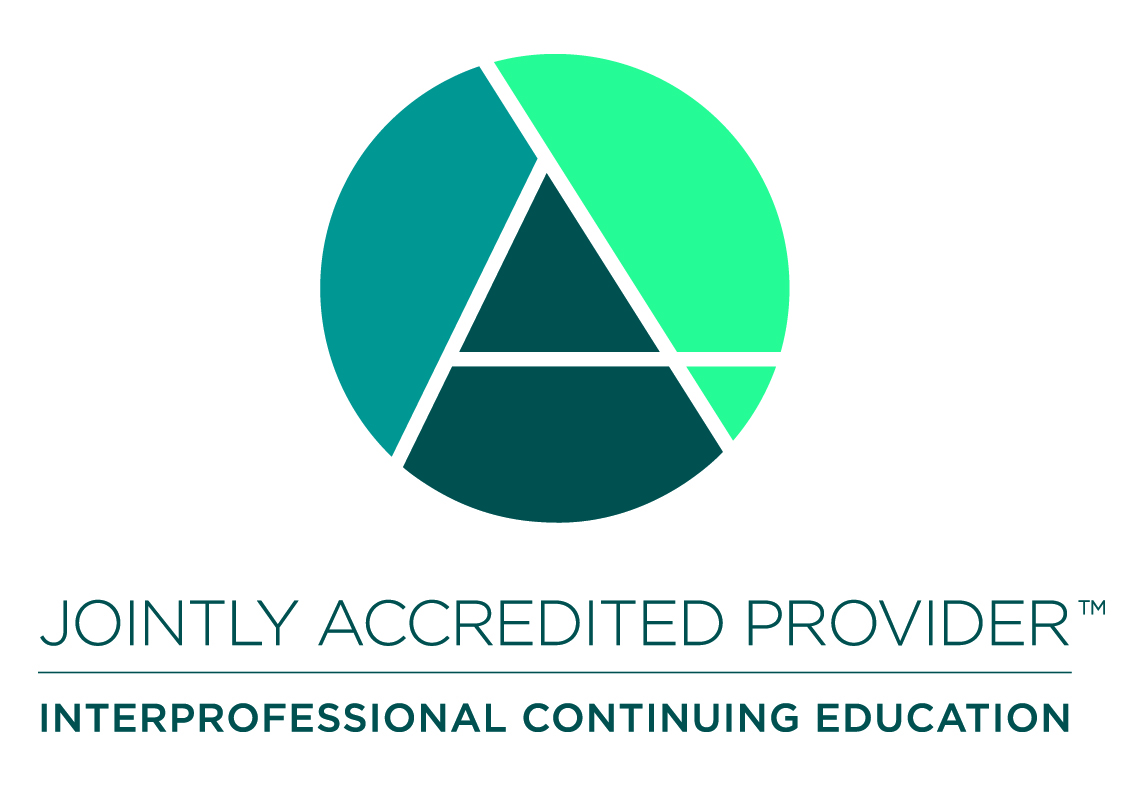
0670_ABSMC_Updates in Traumatic Brain Injury Prognosis_EM
Description:
This course provides an in-depth review of recent advances in the prognosis of moderate to severe traumatic brain injury (TBI), drawing from key sources including the TBI Model Systems, updated management guidelines for disorders of consciousness from the American Academy of Neurology and the American Congress of Rehabilitation Medicine, and findings from the TRACK-TBI longitudinal studies. Traumatic brain injury remains a leading cause of long-term disability, and clinicians play a critical role in guiding patients and families through early decision-making. Historically, physicians have often underestimated recovery potential in patients with severe TBI or disorders of consciousness. However, emerging evidence underscores the importance of a more optimistic and evidence-based approach to prognostication. This course is designed to equip physicians across specialties with the knowledge needed to interpret these updates, support informed prognostic discussions, and advocate for appropriate rehabilitative services to optimize long-term outcomes for this population
Assembly Bills 1195 & 241- Culturally Appropriate Care which is Free of Implicit Biases:
Learners are strongly encouraged to engage in self-directed learning related to the impact of implicit biases in this clinical area via the references provided below:
Warren KL, García JJ. Centering race/ethnicity: Differences in traumatic brain injury inpatient rehabilitation outcomes. PM&R. 2022; 14(12): 1430-1438. doi:10.1002/pmrj.12737
Implicit Bias:
- Venkatesh, S., Bravo, M., Schaaf, T., Koller, M., Sundeen, K., & Samadani, U. (2022, September 1). Consequences of inequity in the neurosurgical workforce: Lessons from traumatic brain injury. Frontiers in Surgery, 9. https://doi.org/10.3389/fsurg.2022.962867
- J Johnson, K. , You, H. , Kandel, M. & Oyesanya, T. (2023). How Subjective and Objective Factors in Research and Practice May Perpetuate Health Disparities Among Patients With Traumatic Brain Injury. American Journal of Physical Medicine & Rehabilitation, 102 (10), 923-925. doi: 10.1097/PHM.0000000000002271
Target Audience
Physicians (MD or DO)
Other Healthcare Professionals
Learning Objectives
Upon completion of this learning activity, participants should be able to:
• Describe the role of emerging biomarkers in TBI prognosis
• Describe the benefits and limitations of imaging in TBI prognosis
• Recognize the role of socioeconomic status on outcomes
• Predict expectations for recovery in patients with mild TBI including the factors which may result in delays in recovery
• Identify the changes in long-term prognosis for those with mod/severe TBI based on recent studies from the TBI model systems
• Discuss important practice guideline updates in patients with disorders of consciousness (DoC)
Disclosure of Financial or In-Kind Commercial Support & Conflict of Interest
No one else involved in the planning or presentation of this educational activity have any relevant financial relationship(s) to disclose with ineligible companies whose primary business is producing, marketing, selling, re-selling, or distributing healthcare products used by or on patients. No financial or in-kind commercial support was received to produce or promote this educational activity.
– Provider Designee/Verification: Fozia Ferozali, Ed.D
Allison Capizzi, MD
Allison Capizzi, MD
Accreditation

In support of improving patient care, Sutter Health, is jointly accredited by the Accreditation Council for Continuing Medical Education (ACCME), the Accreditation Council for Pharmacy Education (ACPE), the American Nurses Credentialing Center (ANCC), and the Association of Social Work Boards (ASWB) to provide continuing education for the healthcare team.
Credit Designation Statement
Sutter Health designates this Enduring Material activity for a maximum of 1.00 AMA PRA Category 1 Credits™ for physicians. Learners should claim only the credit commensurate with the extent of their participation in the activity.
Note to Other Disciplines: AMA PRA Category 1 Credits HOURS™ Continuing Medical Education is acceptable for meeting the continuing education requirements for Pharmacists, Physician Assistants, Psychologists, Registered Nurses, and Respiratory Care Practitioners. For other disciplines, please check with the regulatory board for your discipline to confirm what type of credits meet the continuing education requirements. Continuing education hours for nurses accredited by ANCC, via Joint Accreditation.
Available Credit
- 1.00 AMA PRA Category 1 Credit™
Physician Credit
Sutter Health designates this Enduring activity for a maximum of 1.00 AMA PRA Category 1 Credit™ for physicians. Physicians should claim only the credit commensurate with the extent of their participation in the activity.
- 1.00 Non-Physician Participation Credit
Sutter Health designates this Enduring activity for a maximum of 1.00 Non-Physician Participation Credit. Non-Physicians should claim only the credit commensurate with the extent of their participation in the activity.
AMA PRA Category 1 Credits HOURS™ Continuing Medical Education is acceptable for meeting the continuing education requirements for Pharmacists, Physician Assistants, Psychologists, Registered Nurses, and Respiratory Care Practitioners. For other disciplines, please check with the regulatory board for your discipline to confirm what type of credits meet the continuing education requirements. Continuing education hours for nurses accredited by ANCC, via Joint Accreditation.

 Facebook
Facebook X
X LinkedIn
LinkedIn Forward
Forward